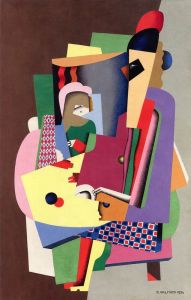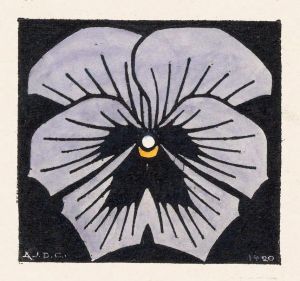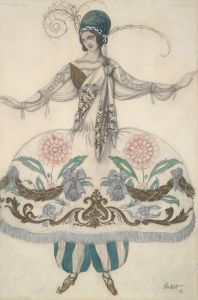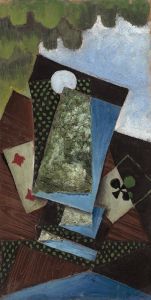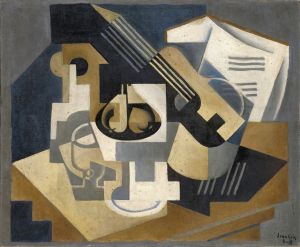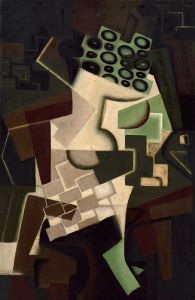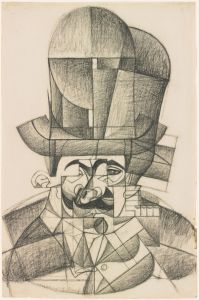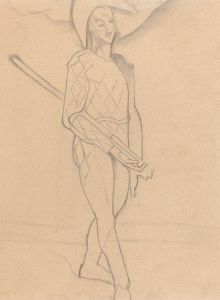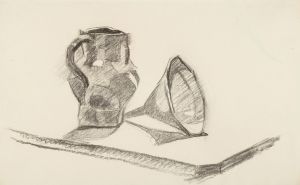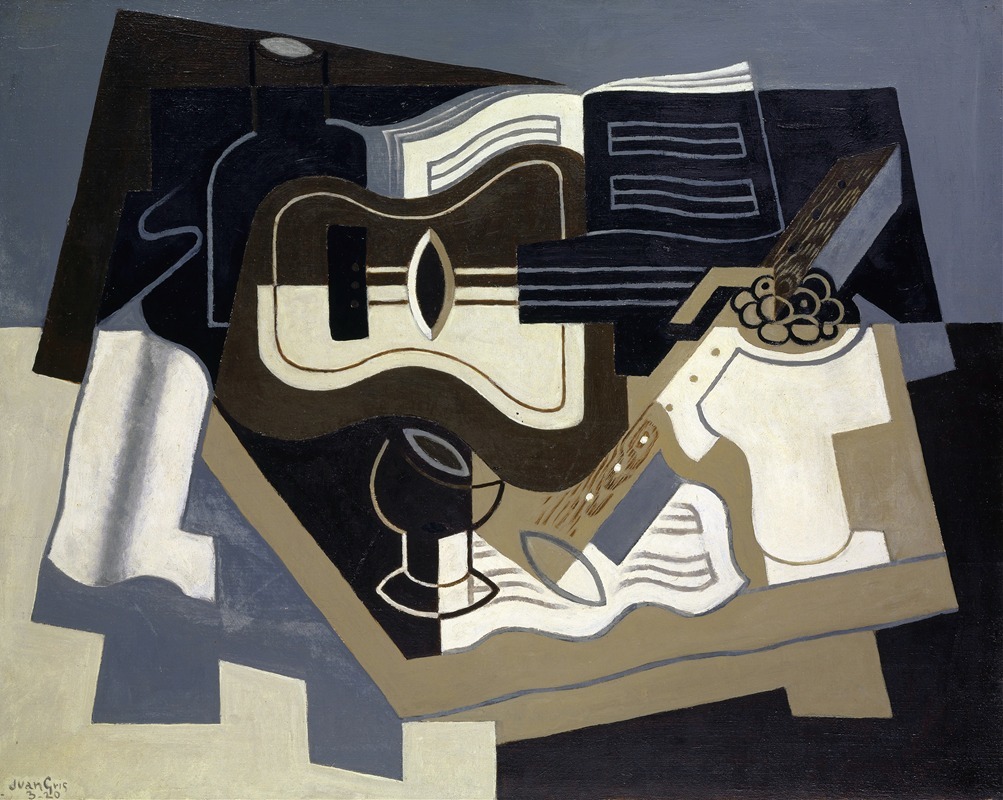
Guitar and clarinet
A hand-painted replica of Juan Gris’s masterpiece Guitar and clarinet, meticulously crafted by professional artists to capture the true essence of the original. Each piece is created with museum-quality canvas and rare mineral pigments, carefully painted by experienced artists with delicate brushstrokes and rich, layered colors to perfectly recreate the texture of the original artwork. Unlike machine-printed reproductions, this hand-painted version brings the painting to life, infused with the artist’s emotions and skill in every stroke. Whether for personal collection or home decoration, it instantly elevates the artistic atmosphere of any space.
Juan Gris's painting Guitar and Clarinet is a notable work of art created by the Spanish artist, who is widely recognized as one of the leading figures of the Cubist movement. Gris, whose real name was José Victoriano González-Pérez, was born in Madrid in 1887 and later moved to Paris, where he became associated with other prominent Cubist artists such as Pablo Picasso and Georges Braque. His works are characterized by their geometric abstraction, use of collage techniques, and exploration of everyday objects as subjects.
Guitar and Clarinet exemplifies Gris's mature Cubist style, which often incorporated musical instruments as central motifs. The painting reflects his interest in the interplay between form, color, and texture, as well as his ability to create a sense of harmony and rhythm within the composition. Gris frequently depicted guitars in his works, as they were a popular subject in Cubist art, symbolizing both the cultural significance of music and the formal possibilities of geometric abstraction. The inclusion of the clarinet in this piece adds another layer of complexity, showcasing Gris's skill in integrating multiple elements into a cohesive visual arrangement.
The painting employs a combination of fragmented shapes and overlapping planes, a hallmark of the Cubist aesthetic. Gris's use of muted tones and subtle contrasts creates a balanced composition, while his attention to detail demonstrates his technical precision. Unlike the more monochromatic works of early Cubism, Gris often incorporated a broader palette and a greater emphasis on decorative elements, which is evident in Guitar and Clarinet. His approach to Cubism was distinct in its clarity and structure, setting him apart from his contemporaries.
While the exact date of Guitar and Clarinet is not specified in many sources, it is generally associated with Gris's productive period in the 1910s and early 1920s, when he produced some of his most celebrated works. During this time, Gris was deeply engaged in exploring the relationship between art and music, a theme that recurs throughout his oeuvre. His paintings often reflect the influence of his surroundings in Paris, where he was immersed in the vibrant cultural and artistic scene of the early 20th century.
Today, Guitar and Clarinet is regarded as an important example of Gris's contribution to Cubism and modern art. The painting is held in a private collection or museum, though specific details about its current location are not widely documented. Juan Gris's legacy continues to be celebrated for his innovative approach to form and composition, and works like Guitar and Clarinet remain significant in the study of Cubist art.





